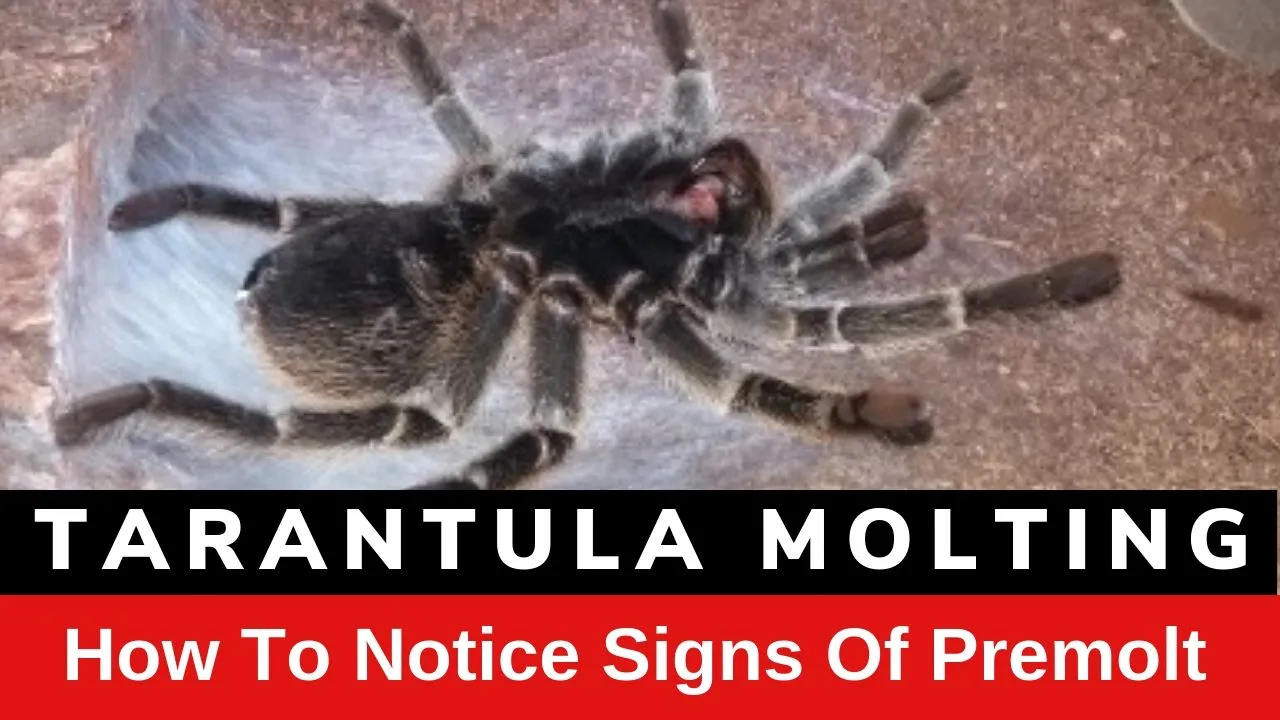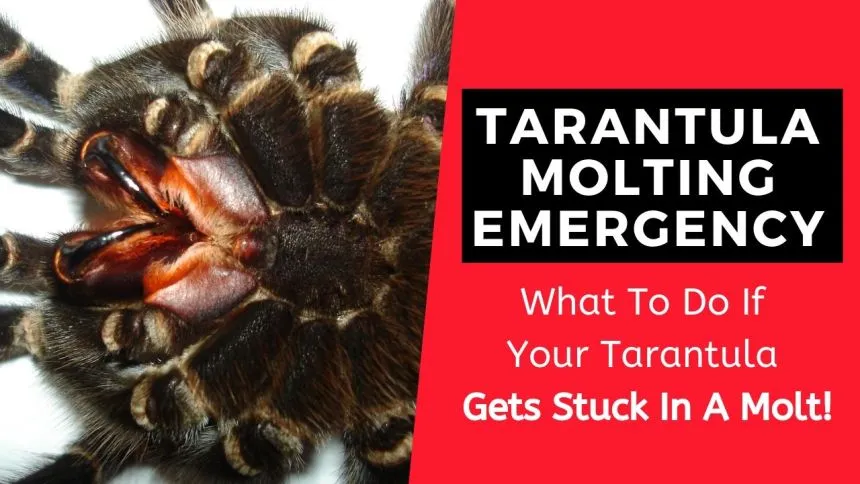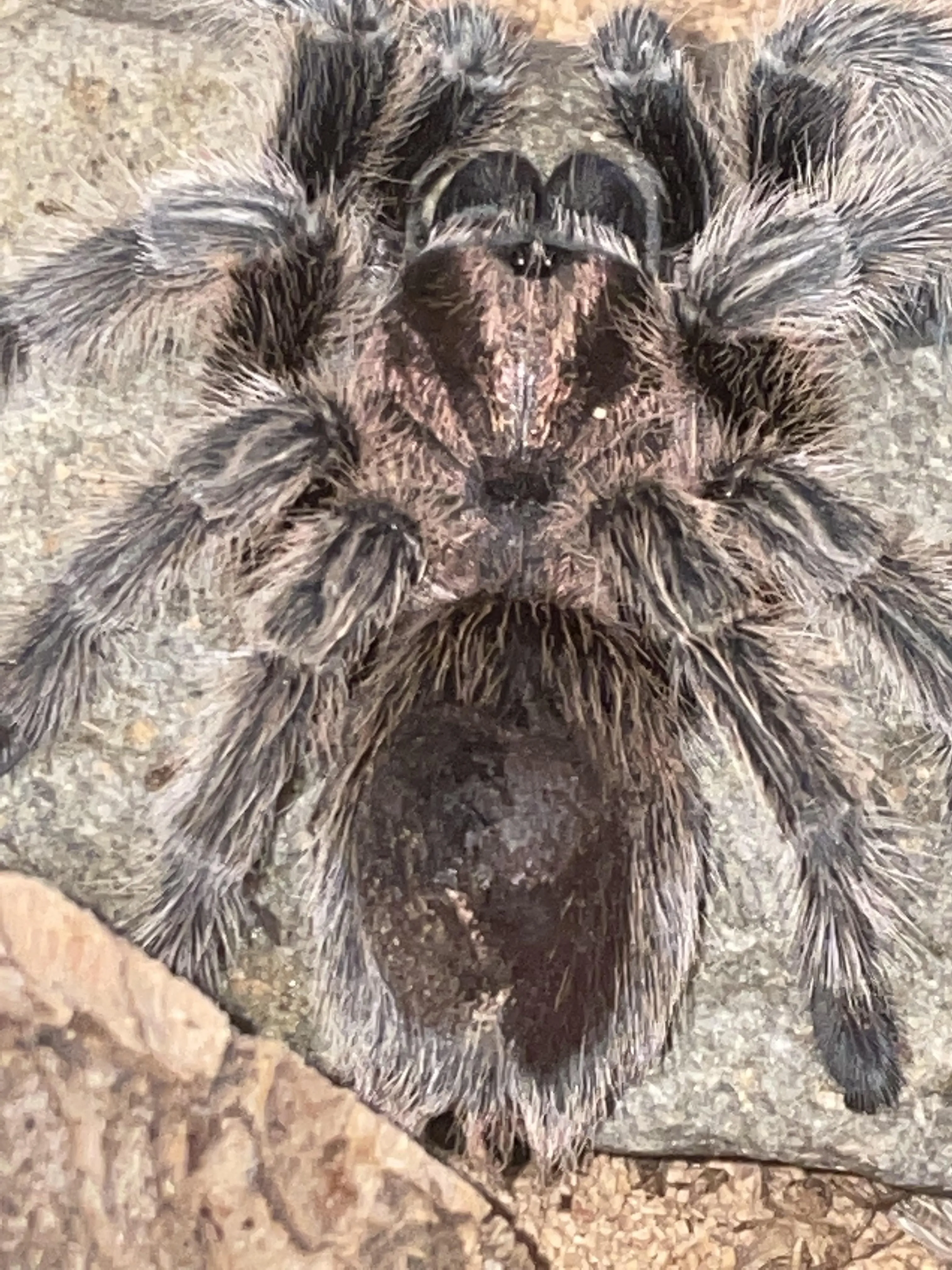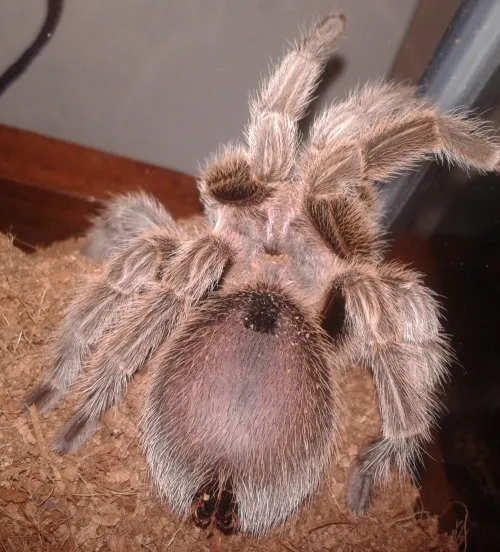Why Your Tarantula Won’t Molt
Molting is a critical process for tarantulas, enabling them to grow and replace their exoskeleton. When a tarantula won’t molt, it can be a sign of underlying health or environmental issues. This guide explores the top reasons why your tarantula may be experiencing molting difficulties. Understanding these factors is essential for ensuring the well-being of your pet tarantula and preventing potential health problems. The molting process is essential for a tarantula’s development; it allows the arachnid to shed its old exoskeleton and grow larger. If a tarantula is unable to molt, it can face serious health risks. We’ll delve into the common causes of molting problems, from environmental stressors to nutritional deficiencies. Providing the right conditions and care can make all the difference in helping your tarantula thrive.
Stress & Environmental Factors
The environment plays a crucial role in a tarantula’s molting process. Stress from improper conditions can significantly delay or even prevent molting. Maintaining the right habitat is critical for your tarantula’s health and ability to molt. The overall environment, including humidity, temperature, and substrate, must be optimized to mimic the tarantula’s natural habitat. Any deviations from these ideal conditions can disrupt the molting process, leading to various health complications. Ensuring your tarantula’s environment is stable and suitable is the first step in addressing molting issues and promoting a healthy life.
Improper Humidity Levels

Humidity is one of the most critical factors for successful molting. Tarantulas require specific humidity levels to loosen their old exoskeletons and facilitate the molting process. Insufficient humidity can make the exoskeleton too rigid, making it difficult for the tarantula to shed properly. This can result in the tarantula getting stuck in its old skin, which can be fatal. Proper humidity levels vary depending on the species of tarantula, so it’s essential to research your specific pet’s needs. Regular monitoring with a hygrometer and appropriate humidification methods, such as misting or using a water dish, are essential for keeping the humidity within the correct range. This is the most important factor.
Temperature Imbalances
Temperature is another vital environmental factor affecting molting. Tarantulas thrive within a specific temperature range, and fluctuations can stress them, potentially leading to molting issues. If the temperature is too low, it can slow down the tarantula’s metabolism, delaying or preventing molting. Too high, and it can cause dehydration and other health problems. The ideal temperature range should be consistent with the species’ natural environment. Using a reliable thermometer to monitor the enclosure and maintaining a stable temperature with a heat source, such as a heat mat, are essential for creating the right environment. Temperature control is very important for the overall health of the tarantula and successful molting.
Poor Substrate Conditions
The substrate, or bedding, in your tarantula’s enclosure also impacts the molting process. The substrate should be appropriate for the species, providing a comfortable and stable environment. Some tarantulas dig burrows, and the substrate must allow for this natural behavior. Inadequate substrate can lead to molting problems. The substrate should also help to maintain the correct humidity levels. Choose a substrate that retains moisture but doesn’t become overly damp, as excessive moisture can also cause problems. Replacing the substrate regularly will help maintain a clean and healthy environment, supporting the molting process.
Dehydration

Dehydration is a serious threat to tarantulas, and it can directly affect their ability to molt. When a tarantula is dehydrated, its body can become less flexible, making it difficult to shed its old exoskeleton. This can lead to molting failure and potentially death. Proper hydration is crucial for the molting process. Always provide a shallow water dish with fresh, clean water and monitor the humidity levels in the enclosure. You might need to mist the enclosure to increase humidity, which helps the tarantula stay hydrated. If you suspect your tarantula is dehydrated, consult with a veterinarian or experienced tarantula keeper for advice.
Impact on Molting Process
Environmental factors can have a direct and detrimental impact on the molting process. Stress from incorrect conditions can disrupt the natural shedding cycle, leading to various complications. Each of these factors can create problems which can be very problematic for the tarantula. Environmental imbalances can increase the risk of a failed molt. It is important to understand the specific impact of these factors to maintain a healthy environment.
Nutritional Deficiencies
A tarantula’s diet plays a vital role in its overall health and ability to molt successfully. Nutritional deficiencies can weaken the exoskeleton and hinder the molting process. Providing a balanced diet is crucial for ensuring that your tarantula gets the nutrients it needs. The right diet can help ensure your tarantula has the energy and resources necessary for molting.
Inadequate Diet

Feeding your tarantula an inadequate diet can lead to a deficiency in essential nutrients, which are vital for molting. The diet should consist of insects, such as crickets or roaches, that provide the necessary protein and other nutrients. The size and type of the insects should be appropriate for your tarantula’s size. Overfeeding can also be an issue, leading to obesity, which can also negatively affect the molting process. Understanding the specific dietary requirements of your tarantula species is crucial for their health and ability to molt effectively.
Lack of Essential Nutrients
Certain nutrients are crucial for healthy growth and molting in tarantulas. Calcium, for example, is essential for the development of a strong exoskeleton. Without sufficient calcium, the tarantula’s exoskeleton may not form correctly, leading to molting problems. A balanced diet should naturally provide these essential nutrients. If you suspect a nutrient deficiency, you may need to supplement the diet with calcium or other vitamins, but always consult with a vet before. Providing a varied diet and ensuring your tarantula is getting the required nutrients is essential for healthy molting and overall well-being.
Premolt vs. Delayed Molt
It is essential to distinguish between premolt, when the tarantula is preparing to molt, and a delayed molt, when the molting process is stalled. Understanding the signs and behaviors associated with each will help you determine if there’s a problem. Recognizing these differences will allow you to address any issues and ensure the well-being of your tarantula. Knowing the difference between premolt and a delayed molt can help you provide proper care.
Identifying Premolt Signs

Before molting, tarantulas exhibit several telltale signs. These include changes in behavior and appearance. A tarantula may become less active and stop eating, which are common indicators of premolt. The abdomen may appear darker, and the skin may seem stretched or shiny. The tarantula might also create a web mat or seal itself in its burrow. If you notice these signs, it is usually a sign that the tarantula is preparing to molt. These are normal behaviors.
Differentiating Delayed Molt
A delayed molt occurs when a tarantula fails to molt within the expected timeframe. This can be due to environmental stressors or underlying health issues. Unlike premolt, the tarantula may show no signs of preparing to molt, and the normal premolt behaviors aren’t present. The tarantula may continue to eat and be active, or it might appear lethargic or stressed. In such cases, you should assess the environment for any potential problems, such as incorrect humidity or temperature levels. If a tarantula shows no signs of molting after a reasonable amount of time, it is important to consult a vet or an experienced tarantula keeper.
Potential Health Concerns
Sometimes, a tarantula’s inability to molt can be a symptom of underlying health issues. In these cases, it’s important to identify the cause and seek appropriate care. Parasites, diseases, and even internal injuries can disrupt the molting process and require veterinary attention. Recognizing the symptoms of health problems is crucial for ensuring the survival of your tarantula.
Parasites and Diseases

Parasites and diseases can weaken a tarantula, making it difficult for them to molt. These conditions can also cause other health problems. Parasites might affect the tarantula’s ability to feed or absorb nutrients. Diseases, such as fungal infections, can damage the exoskeleton. If you suspect your tarantula has parasites or an infection, consult a veterinarian specializing in exotic animals immediately. Early detection and treatment are essential to prevent further complications and ensure your tarantula’s survival.
Internal Injuries
Internal injuries, though less common, can also lead to molting problems. If a tarantula suffers an injury, the stress from the injury can disrupt the molting process. These injuries can also weaken the tarantula, making it difficult for it to shed its exoskeleton. It is important to provide a safe environment to minimize the risk of injury, such as avoiding drops or rough handling. If you suspect your tarantula has suffered an injury, consult with a veterinarian to assess the extent of the damage and determine the necessary treatment.
What to Do if Your Tarantula Won’t Molt
If you’re worried about your tarantula’s molting, there are several steps you can take to address the situation. First, assess the enclosure and environment. Next, you must identify any potential causes and take action. It is also crucial to understand when to seek professional advice from a veterinarian or an experienced tarantula keeper. By taking the right steps, you can greatly increase the chances of a successful molt and ensure your tarantula thrives.
If your tarantula isn’t molting, consider the humidity and temperature. Make sure that the humidity and temperature levels are within the correct range for its species. Ensure that a proper substrate is in place and that the water dish is providing fresh water. Review the diet and feeding schedule to see if you’re providing the proper nutrients. Make sure the enclosure is clean and safe to avoid any issues with bacteria. Consult with an experienced tarantula keeper or a veterinarian specializing in exotic pets for expert advice and assistance. Your tarantula’s health is in your hands.
In conclusion, understanding the reasons why a tarantula won’t molt is the first step in ensuring its well-being. By monitoring and maintaining the correct environmental conditions, providing a balanced diet, and recognizing the signs of premolt and potential health concerns, you can help your tarantula molt successfully and live a long, healthy life. Remember, patience and observation are key to tarantula care, and a proactive approach will keep your pet thriving.
